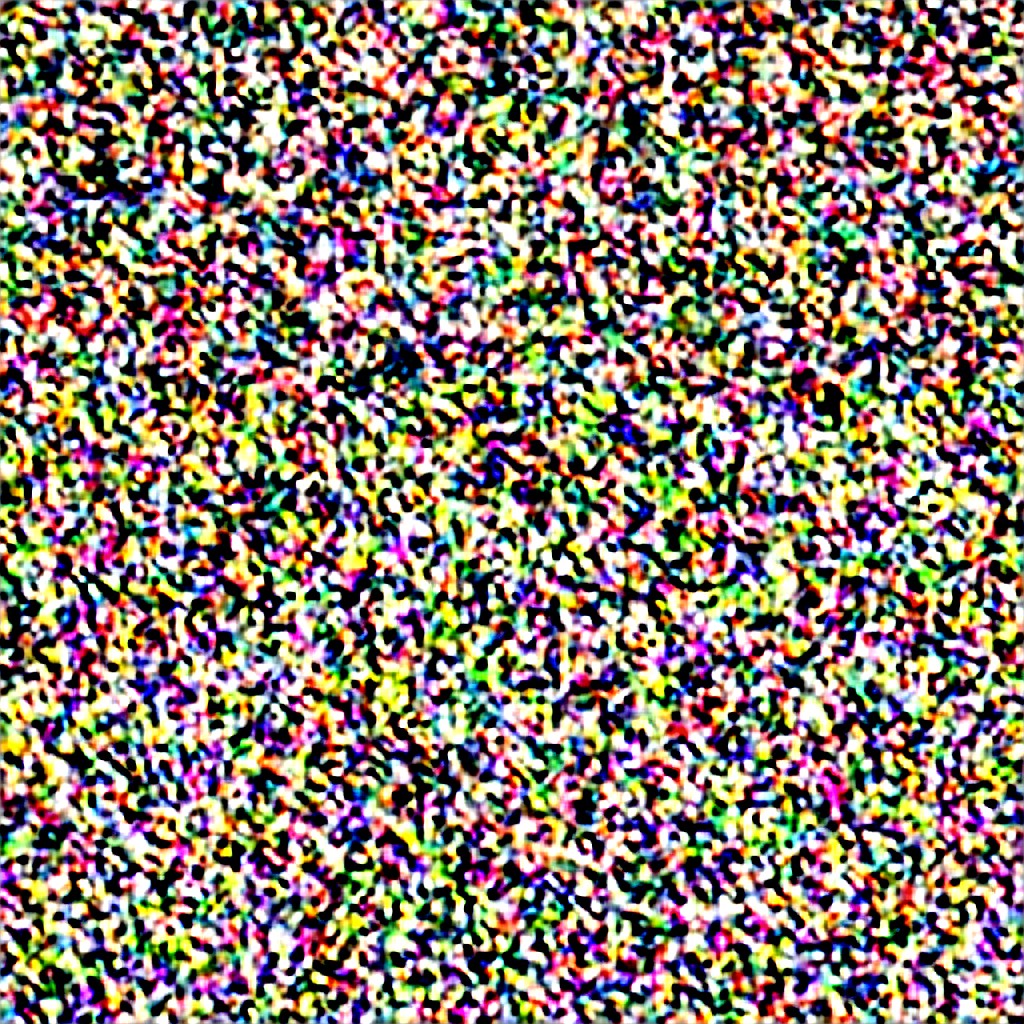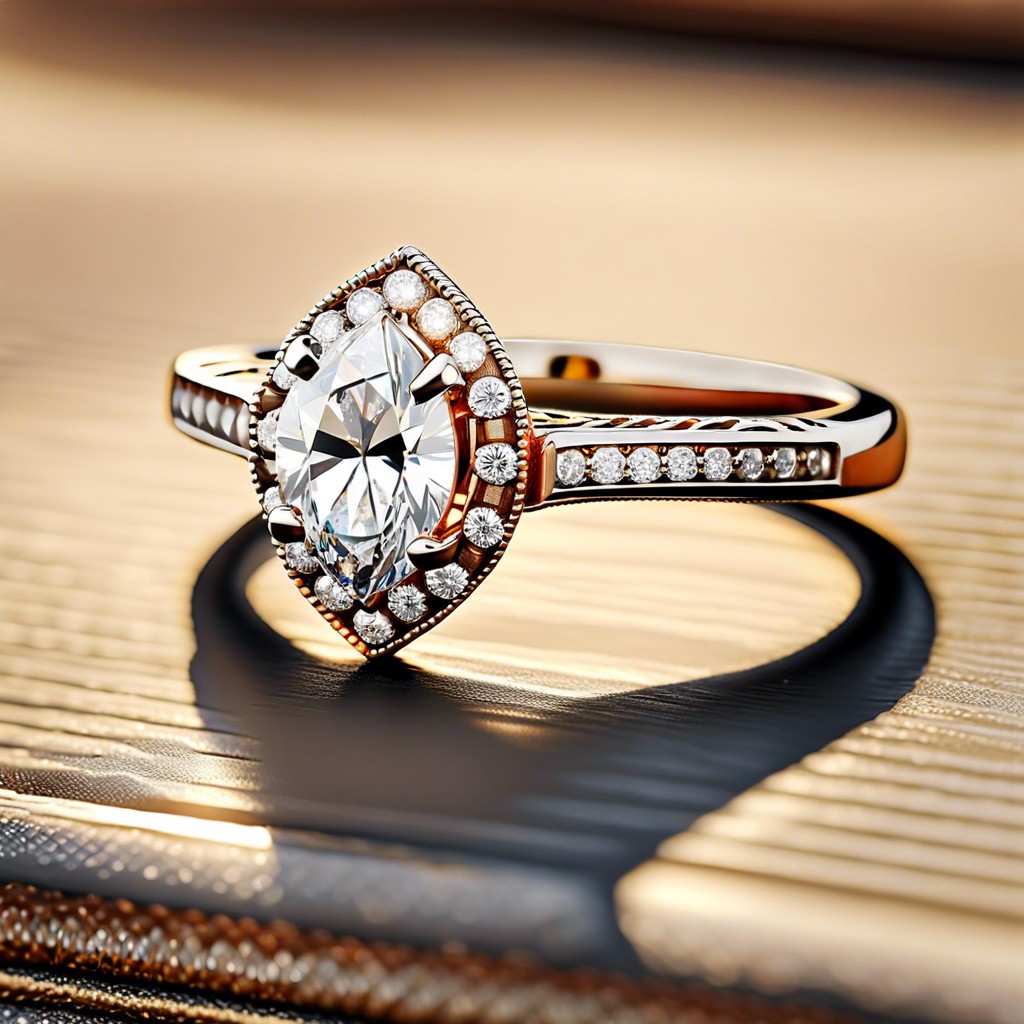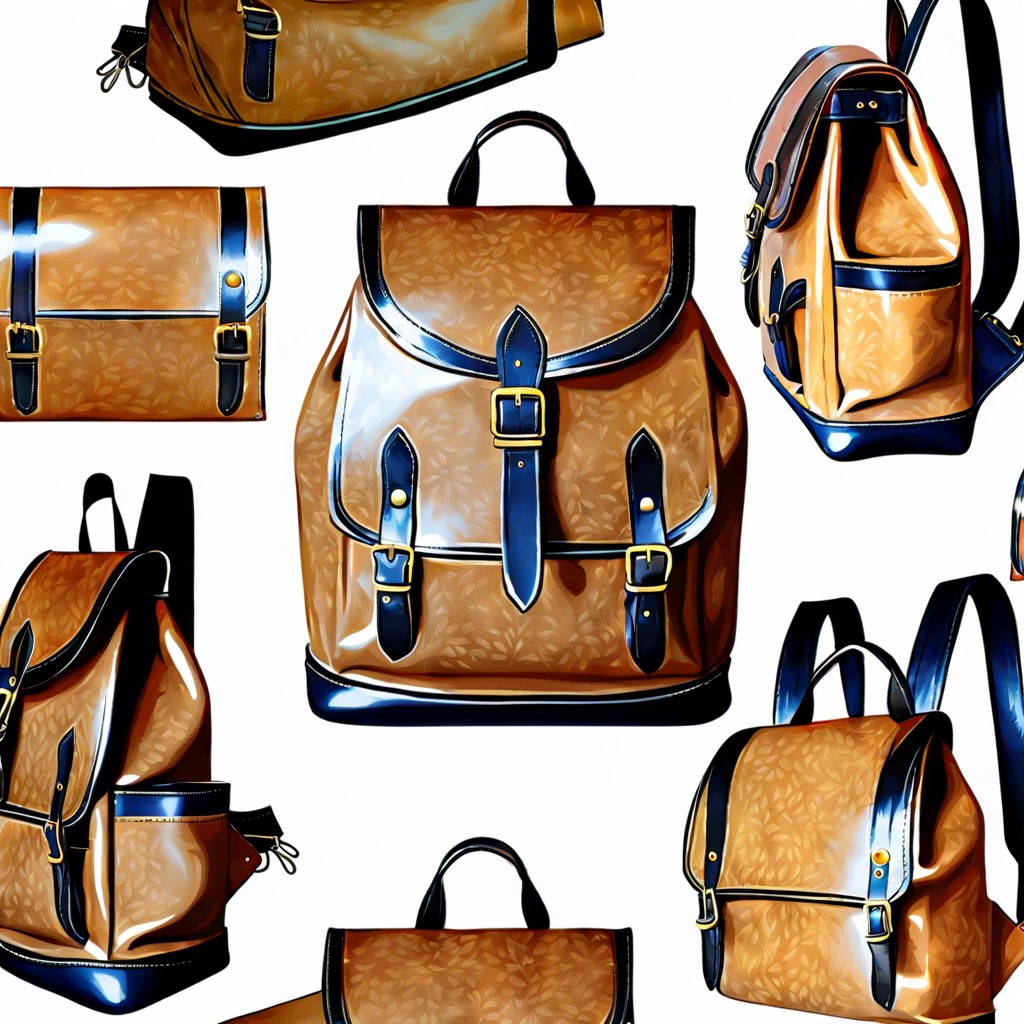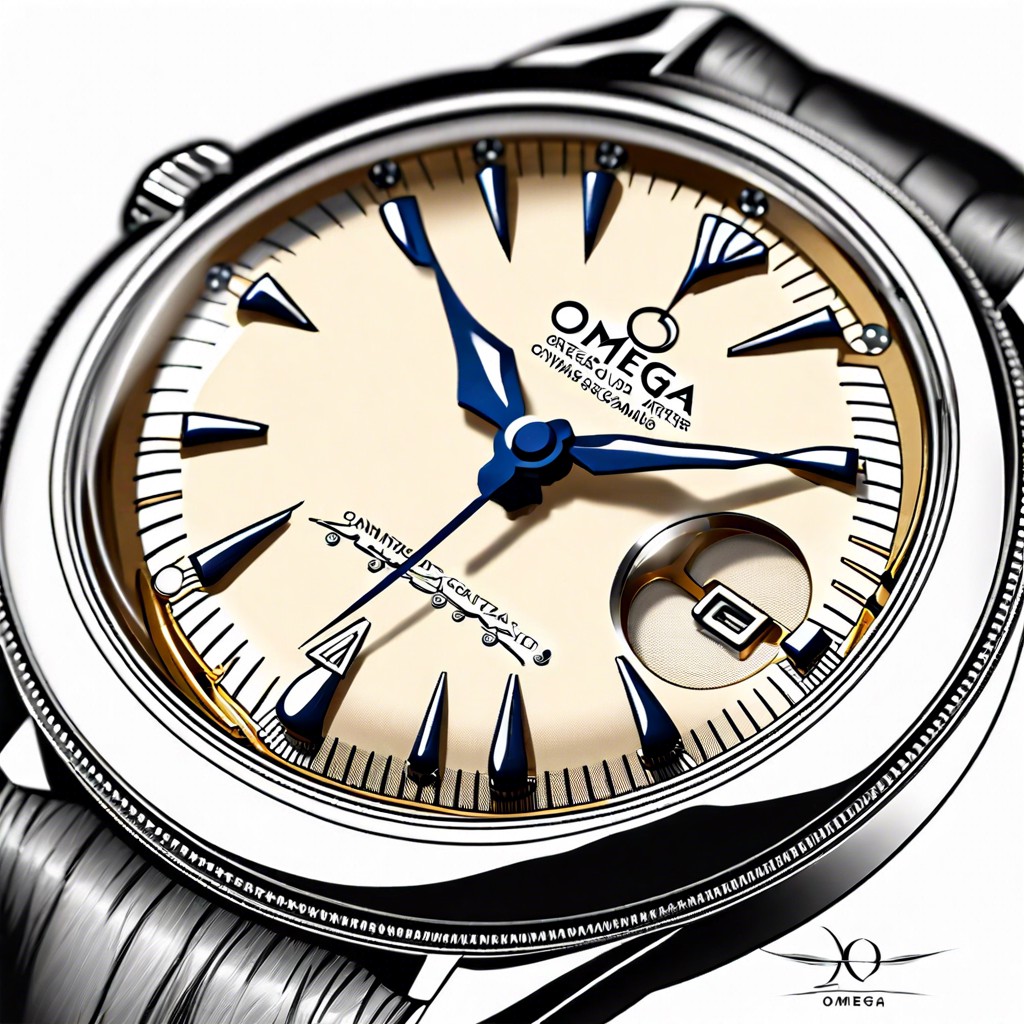Last updated on
This buying guide will show you how to choose the best vintage shirts for men, detailing what features to look for and where to find them.
Key takeaways:
- Vintage shirts reflect fashion trends and societal norms of past decades.
- Authentic vintage shirts can be identified by examining labels, stitching, construction, and overall wear.
- Thrift stores, online platforms, social media, estate sales, and auctions are great sources for finding vintage shirts.
- Pair vintage shirts with contemporary pieces and accessories to create modern looks.
- Vintage shirts can appreciate in value, especially rare pieces with provenance and in good condition.
Definition of Vintage: Age and Style

Vintage clothing refers to garments that hark back at least 20 years from today. This timeframe allows items to reflect the fashion trends of their respective eras. For shirts, vintage encompasses a variety of styles from past decades, like the bold prints of the 1960s, the psychedelic patterns of the 1970s, or the neon colors of the 1980s.
The style of vintage shirts can also be indicative of the cultural or societal norms of their time. For instance, 1950s’ vintage shirts often feature conservative patterns and natural fibers, reflective of the post-war desire for simplicity and durability. Meanwhile, shirts from the 1990s might showcase large logos and promotional prints, highlighting the rise of brand culture.
Understanding these elements can help collectors and enthusiasts discern true vintage pieces and appreciate their historic and aesthetic significance.
How to Identify Authentic Vintage Shirts

Start by examining the shirt’s label. Older labels are often woven and less glossy compared to modern prints. Check the fabric content; shirts from before the 1960s often used natural fibers like cotton, wool, and silk exclusively.
Inspect the stitching and construction. Vintage clothing typically features single-stitched seams, whereas modern garments often have double stitching. Pay attention to the cut of the shirt; styles from specific eras have distinctive shapes – for example, 1950s shirts often boast a boxier form.
Consider the overall wear and patina. Authentic vintage may show signs of being aged but it should not look overly worn out. Fading and natural wear on seams and folds can commonly indicate true vintage.
Research is your friend. Familiarize yourself with the trends and labels of the past. A little online digging about popular styles from different decades can pay off significantly when shopping.
Sourcing Vintage Shirts: Tips and Tricks

Dive into thrift stores and flea markets where hidden gems often lurk in unassuming corners. The thrill of the hunt can lead to finding remarkable pieces amid the ordinary. Patience is key—dedicate time to sift through racks and bins.
Consider online platforms specializing in vintage clothing. Sites like Etsy and eBay host a multitude of sellers whose collections span decades. Always check the seller’s ratings and read reviews to gauge reliability and authenticity.
Connect with vintage sellers on social media. Many curators use platforms like Instagram to showcase their latest finds. Direct messaging can lead to personalized advice and first dibs on new arrivals.
Attend estate sales or auctions where vintage clothing is likely to surface. These events are often advertised in local newspapers or online listings. Arriving early increases your chances of snagging the best pieces.
Ask questions about the garment’s history. Knowledgeable sellers can provide insights into the era and quality of the shirt, adding to its allure and potential value.
By embracing these approaches, you’re more likely to secure quality vintage shirts that elevate your wardrobe with a touch of history.
Styling Vintage Shirts for Modern Looks

Pairing your vintage shirt with contemporary pieces can effortlessly bridge the gap between past and present styles. Try a classic denim jacket over a 70s floral shirt for a casual yet striking look. Alternatively, for a sharper ensemble, tuck a 50s polka dot shirt into high-waist trousers, finishing with leather loafers.
Accessories also play a crucial role. A vintage watch or an old-school belt can tie your outfit together, enhancing the antique vibe without overshadowing the modern elements.
Color coordination is key. If your shirt features bold, retro patterns, balance it with neutral-toned modern garments. This keeps your outfit cohesive and visually pleasing.
Layering is your friend when it comes to adapting vintage shirts for current trends. A well-fitted blazer can transform a loose, geometric print shirt from the 80s into a smart-casual garment suitable for both the office and after-hours.
By mixing textures and eras, you can create a look that’s both unique and timeless. Never be afraid to experiment; after all, style is about personal expression.
Investing in Vintage Shirts: Potential Value Growth

Vintage shirts are more than a stylish wardrobe choice; they can also be a savvy investment. Their value often appreciates over time, especially for well-preserved pieces from iconic eras or famous designers. When considering adding these garments to your collection, focus on rarity and condition. Limited edition prints, shirts linked to specific historical events, or pieces from defunct brands typically fetch higher prices as their availability diminishes over time.
Always verify authenticity and provenance before purchasing. Shirts with a verifiable history or from a noteworthy collection can command premium prices. Lastly, take proper care of your vintage shirts. Storing them correctly and handling them with care preserves their condition and, by extension, their value in the competitive collectors’ market.




